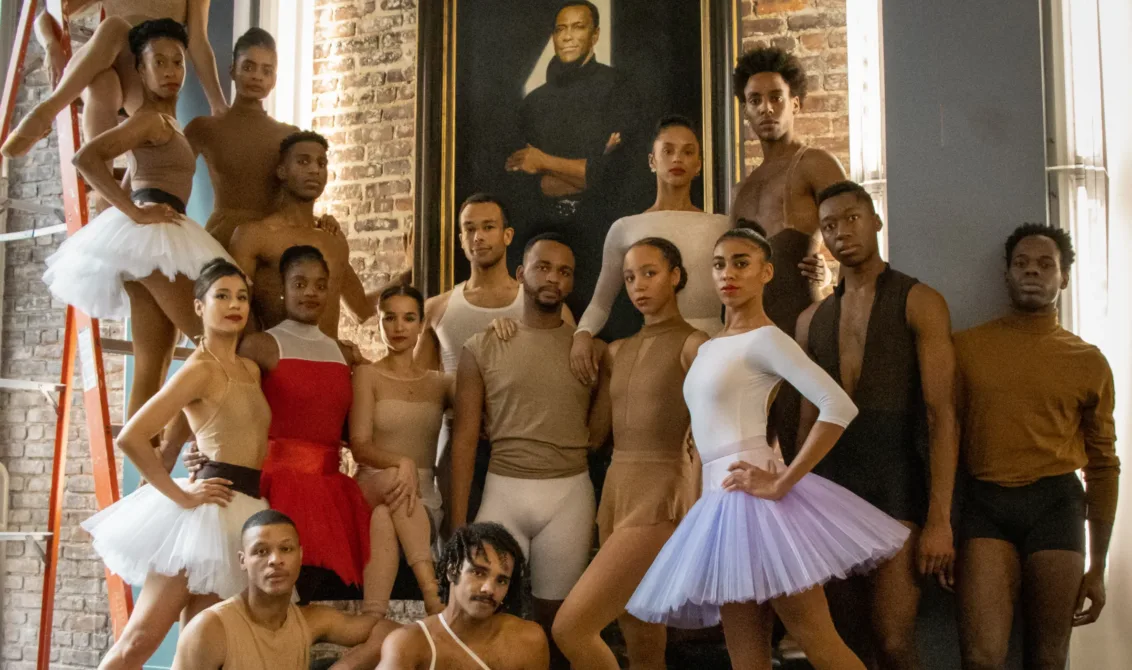 By Amina Kane
By Amina Kane
February 21, 2024
“There were always Black classical dancers in America– they just never got on stage!” – Arthur Mitchell
During the heart of Black History Month, the renowned Dance Theatre of Harlem took center stage at Belk Theater February 9-10. Under the direction of Artistic Director Robert Garland, the event paid homage to the visionary legacy of its late founders, Arthur Mitchell and Karel Shook, who broke barriers for Black, Brown, and marginalized ballet dancers in the neoclassical ballet genre over five decades ago.
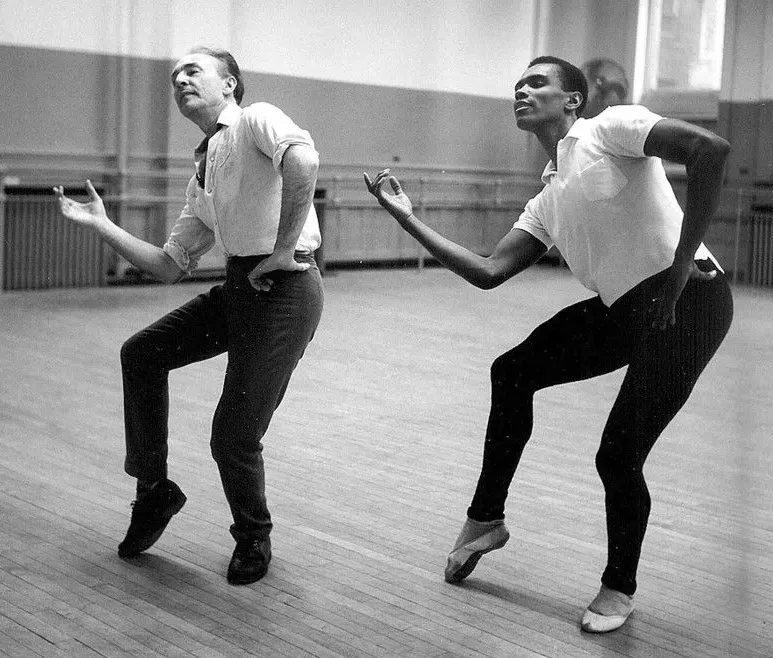
Before the inception of the Dance Theatre of Harlem, Arthur Mitchell blazed a trail as the “first Black principal dancer” at the New York City Ballet in 1955. Trained under George Balanchine, the “Father of American Ballet,” Mitchell’s performances in iconic ballets such as The Nutcracker, A Midsummer Night’s Dream, and Agon challenged racial barriers within the dance world. This was particularly relevant in 1957’s Agon, where Balanchine’s choreography featured a pas de deux between Mitchell and Diana Adams, a white ballerina.
Mitchell’s reflection on this groundbreaking moment sheds some light on Balanchine’s foresight in portraying societal shifts through dance: “Do you know what it took for Balanchine to put me, a Black man, on stage with a white woman? This was 1957, before civil rights. He showed me how to take her [holding her delicately by the wrist]. He said, ‘put your hand on top.’ The skin colors were part of the choreography. He saw what was going to happen in the world and put it on stage.”
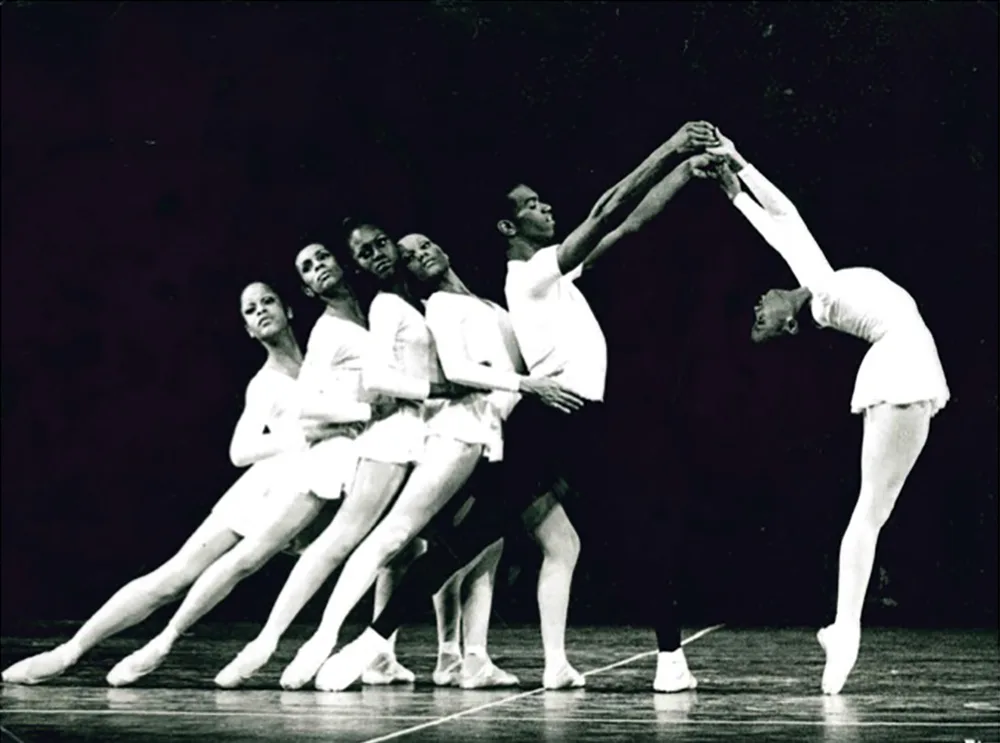
Following his tenure at the New York City Ballet, Mitchell’s journey took a poignant turn in the wake of Dr. Martin Luther King Jr.’s assassination. Inspired to create a space for artistic expression and cultural empowerment, Mitchell taught ballet in a converted garage to his Harlem community. As the number of students grew, Mitchell partnered with his former ballet master, Karel Shook. Together, they directed the dance school, which eventually evolved into the renowned Dance Theatre of Harlem.
It wasn’t until 1971 that DTH officially debuted as a “neoclassical ballet company” at the Guggenheim Museum in New York. Empowered by Balanchine’s generous gift of the rights to 46 of his ballets, which provided a foundation for the company’s success, Dance Theatre of Harlem flourished under Mitchell and Shook’s direction. Among the 46 ballets was Balanchine’s “Pas de Dix,” featured during the tour’s stop in Charlotte.
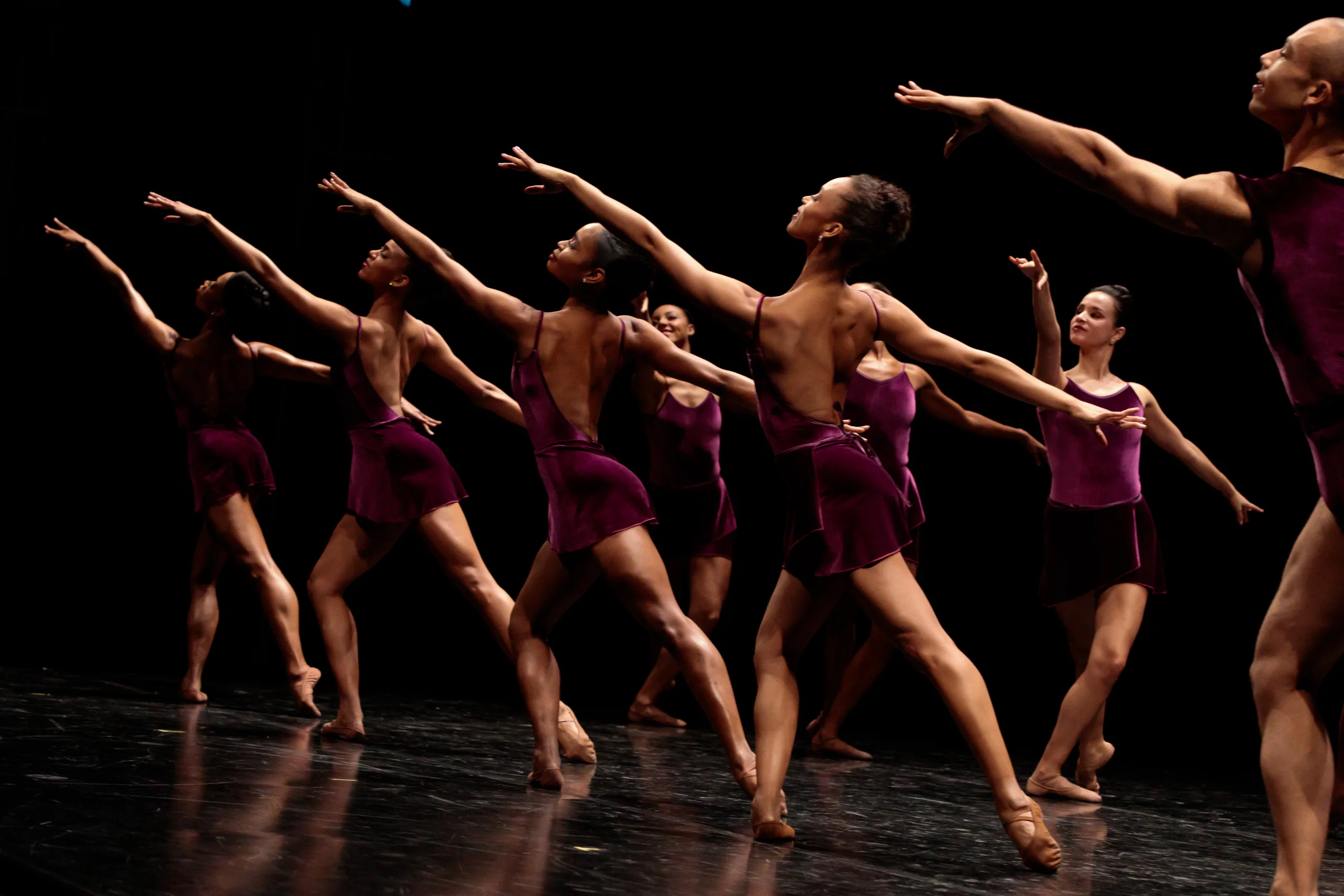
DTH opened the show with Robert Garland’s “New Bach” (2001), a captivating piece set to Johann Sebastian Bach’s Violin Concerto in A minor, BWV 1041. Effortlessly blending Garland’s “post-modern urban neoclassicism” with Balanchine’s neoclassical ballet technique, the dancers set an enthralling stage for the night’s performances. Led by principal dancers Lindsey Donnell and Micah Bullard, the dynamic interplay among the ensemble showcased the company’s versatility and artistry. With graceful grande jetés, precise changements, elegant assemblés, and first position arabesques, the dancers demonstrated their mastery of classical ballet technique, mesmerizing the audience with every movement. The inclusive representation of black and brown dancers on stage during the final act “Allegro Assai” served as a poignant reminder of DTH’s vision– that ballet belongs to everyone.
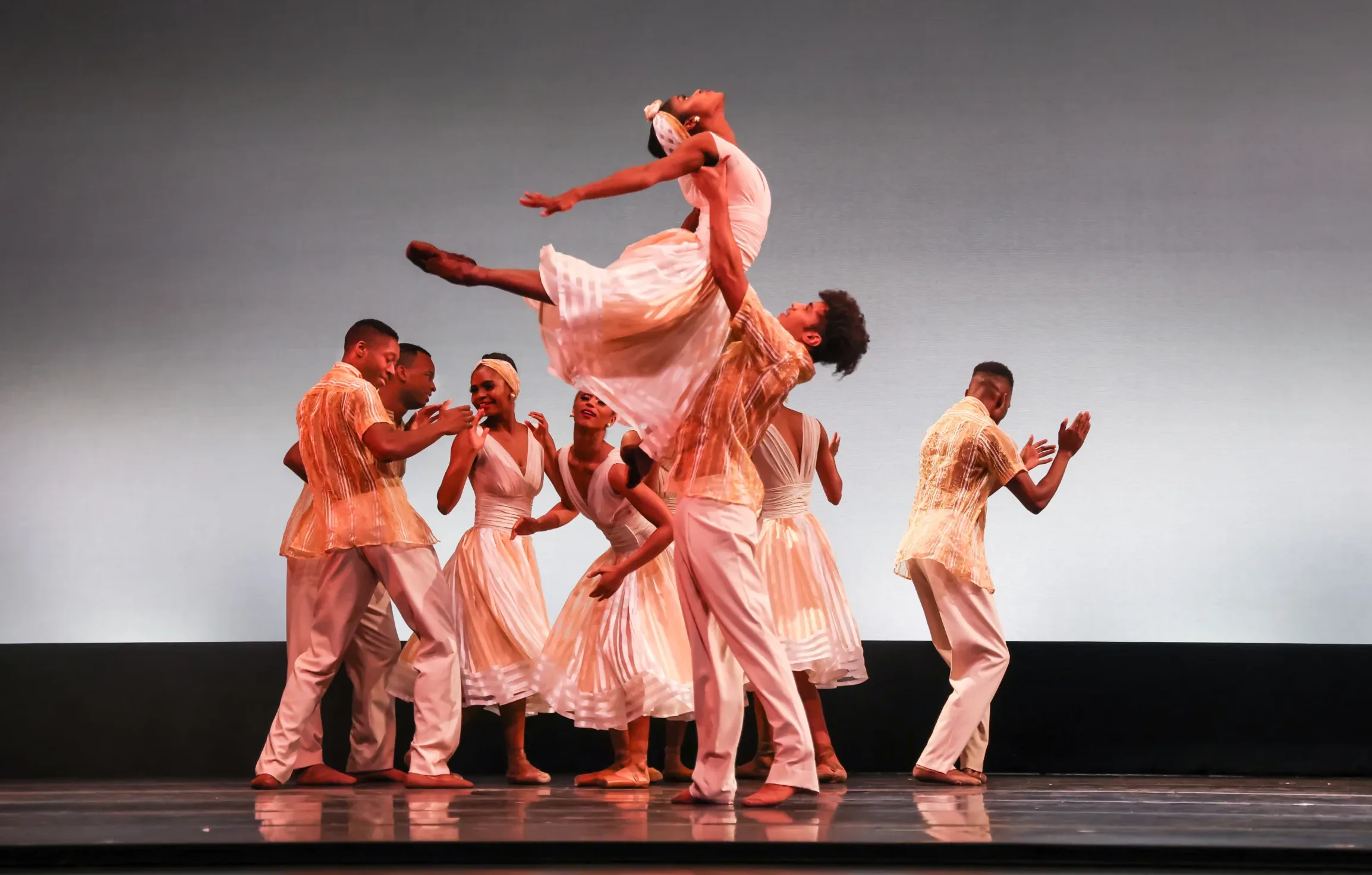
Robert Bondara’s contemporary pas de deux, “Take Me with You” (2016), performed by Amanda Smith and Elias Re, carried the audience into a realm of intense emotion and mystery through their fluid connection and dynamic partner work. The metaphysical performance began in silence, with Smith initiating clapping while Re snapped. As the beat dropped, their movements seamlessly merged. Re positioned himself behind her, guiding her through turns and supporting her by the elbow, symbolizing a symbiotic relationship. The piece reached its pinnacle with Smith drumming on Re’s chest as he flawlessly executed a hinge made famous by choreographer Lester Horton. The piece concluded with Re propelling Smith into multiple chaine turns, leading to a captivating retrograde sequence, as the two spotlights faded to black.
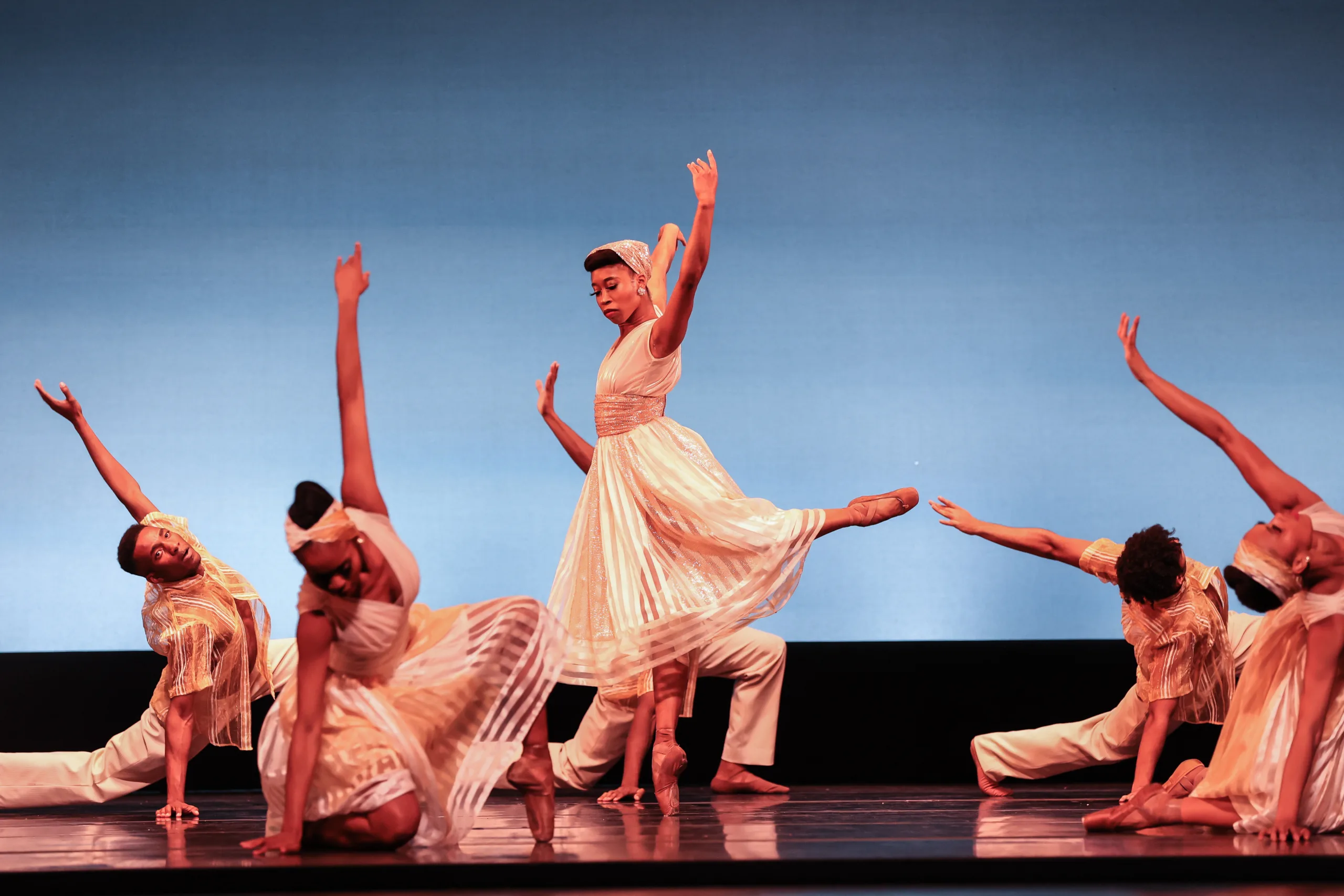
Following this mesmerizing display, the company presented its debut rendition of Balanchine’s “Pas de Dix” (1955), set to Alexander Glazunov’s “Raymonda.” The stage came alive with a dazzling parade of turns, balances, and lifts, showcasing the classical ballet repertoire at its finest. Kamala Saara’s debut as principal dancer was nothing short of spectacular, executing breathtaking pirouettes and attitude turns alongside her partner and fellow principal dancer Kouadio Davis. Lighting designer Andrea Sala’s recreation of the bright stage lights complemented Pamela Allen-Cummings’s costume design, from the traditional white tutus to the white and copper leotards, and flesh-tone tights, exceptionally well.
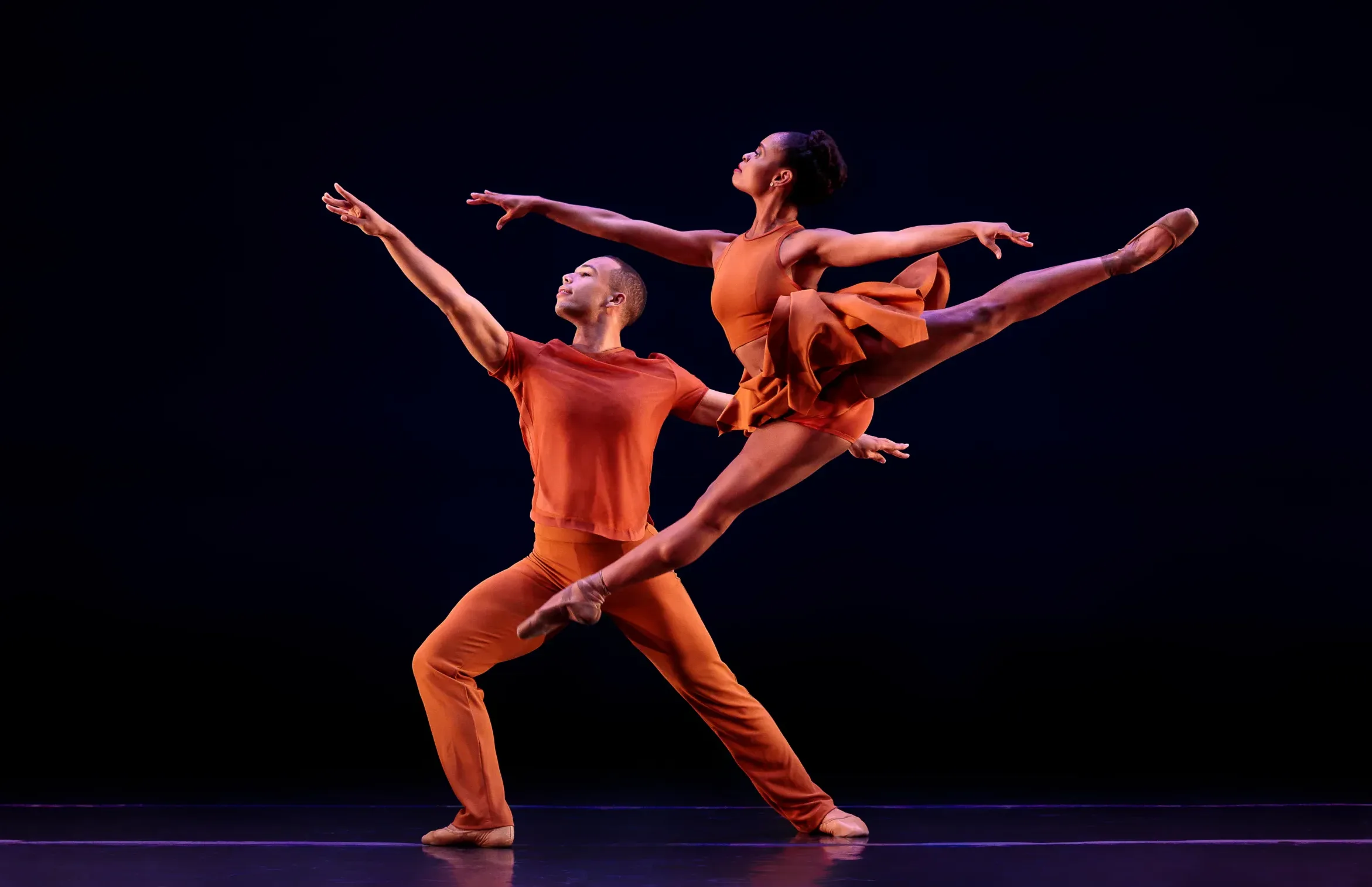
The evening culminated with Garland’s acclaimed “Return.” The piece originally debuted on September 21,1999, as a tribute to the company’s 30th anniversary season. This performance symbolizes the company’s enduring legacy and commitment to innovation and artistic expression. As the dancers took the stage to the accompaniment of James Brown’s “Mother Popcorn,” “Superbad,” “Baby, Baby, Baby,” “I Got the Feelin’,” and Aretha Franklin’s “Call Me,” the atmosphere brimmed with excitement. DTH’s performance, effortlessly blending classical ballet technique with the Cabbage Patch, the Mashed Potato, the Shuffle, and even forming a soul train line, all while on pointe, gracefully enchanted the audience. This fusion of styles evoked waves of nostalgia, inspiring the audience to sing along and participate in a standing ovation.
Dance Theatre of Harlem’s triumphant performance at Belk Theater stands as a testament to the enduring legacy of its founders. From Garland’s “New Bach” and Robert Bondara’s “Take Me with You” to the rendition of Balanchine’s “Pas de Dix” and Garland’s “Return,” DTH captivated the audience with unparalleled artistry and its longstanding commitment to diversity. Each performance celebrated individuality and innovation as dancers deftly navigated through a repertoire that transcended traditional boundaries. Over its 55-year history, DTH’s unwavering dedication to providing a safe and inclusive space for dancers has redefined the landscape of classical ballet, inspiring generations to come, and proving that visibility and self-expression are essential components of true artistic excellence.
Learn more about Dance Theatre of Harlem and founder Arthur Mitchell from the official Dance Theatre of Harlem website.
Read next:
